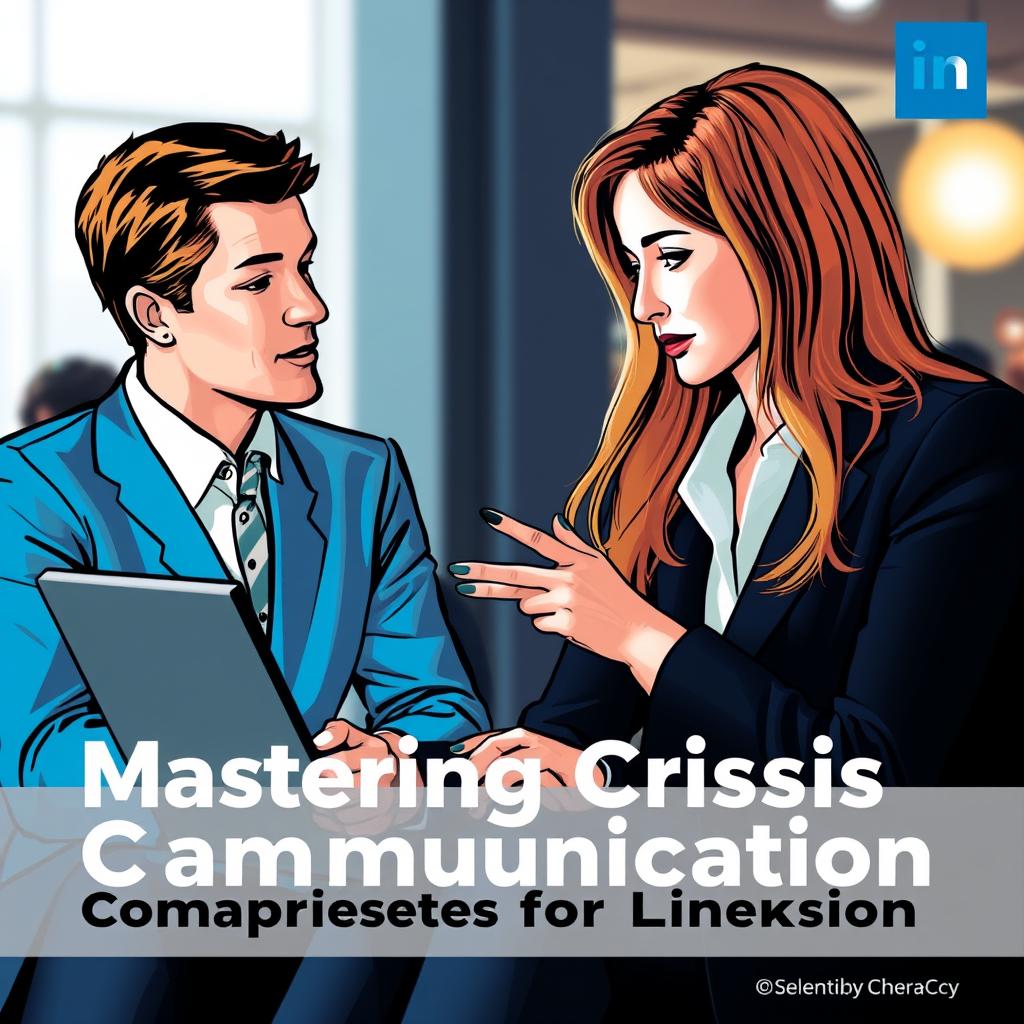Transforming Onboarding: Best Practices for Client and Copywriter Engagement
Estimated reading time: 7 minutes
- Onboarding is a critical phase that can set the tone for lasting relationships.
- Personalized strategies can elevate client and team experiences dramatically.
- Implementing effective onboarding can increase retention rates significantly.
- Utilizing transparent processes builds trust and clarifies expectations.
- Quick-win deliverables can prove value early in the relationship.
Table of Contents
- Introduction: The Onboarding Revolution
- The Challenge
- The Road Ahead
- Examples and Templates: Your Onboarding Toolkit
- Client Onboarding: Crafting a Narrative of Value
- Goal Alignment: Unearthing Unspoken Desires
- Process Transparency: Demystifying Copywriting
- Value Demonstration: Proving Your Worth Early
- Action Steps
- Conclusion
- FAQ
Introduction: The Onboarding Revolution
Onboarding is often viewed as a mundane phase that merely introduces clients and team members to a new process, yet underestimating it can lead to missed opportunities and unmet potential. A compelling onboarding experience does far more than facilitate logistical matters; it communicates a narrative of value, establishing trust and excitement. Statistical research indicates that effective onboarding can elevate retention rates by up to 60% and foster a positive long-term relationship if executed thoughtfully.
The Challenge
Unfortunately, many businesses still rely on bland templates and forgettable introductions, forgetting the human touch essential to creating a memorable experience. This lack of personalization and strategic engagement can leave clients feeling detached and confused, while new team members might struggle to grasp their roles and responsibilities. How do we bridge this gap? The answer lies in crafting onboarding experiences that are context-rich, engaging, and tailored to each individual’s needs.
The Road Ahead
At professionalizeitto.me, we empower you to conquer the challenges of onboarding through innovative strategies. From vivid communication templates to insightful frameworks for goal alignment, we are here to ensure that every stakeholder walks away not only informed but excited about what lies ahead. In this post, we will explore best practices that elevate client onboarding and copywriter engagement—pathways to creating an ecosystem of collaboration and success.
Examples and Templates: Your Onboarding Toolkit
1. Client Onboarding: Crafting a Narrative of Value
Welcome Email Template
A captivating welcome email serves as the gateway to a positive client relationship. Instead of the run-of-the-mill greetings, personalize your communication to hint at the transformation in store. Here’s a redesigned template to consider:
Subject: [Client Name], Your Brand’s Next Chapter Starts Now
Hi [Client Name],
Forget everything you think you know about copywriting. We’re not just wordsmiths; we’re architects of desire, engineers of engagement, and alchemists of ROI.
Prepare for an exciting journey over the coming days:
- Kickoff Call: More than just a meeting; it’s a strategy session with your trusted advisors.
- Dream Team Introduction: Meet the copywriters who anticipate your needs before you even voice them.
- Project Roadmap: A crystal-clear plan so compelling, competitors will envy your strategy.
Got questions that can’t wait? Hit reply. We’re obsessively responsive.
Let’s ignite a revolution!
Best,
[Your Name][Your Agency]
Key Contact Introductions
Ditch dry recitations of names. Instead, create vibrant introductions that highlight not just expertise but team members’ personalities. For instance:
“Meet Anya Sharma, our conversion copywriting ninja. She speaks fluent data and possesses a black belt in persuasive psychology.”
2. Goal Alignment: Unearthing Unspoken Desires
Discovery Call Questions
Probe beyond surface-level queries. Here are some thought-provoking questions designed to reveal deeper insights:
- “What’s the one content marketing metric that keeps you up at night?”
- “If your brand voice were a mythical creature, what would it be?”
- “What embarrassing copywriting mistake have you learned from?”
Project Brief Blueprint
A thorough project brief can elevate the quality of your collaboration. Ensure it includes:
- Target Audience Personas: Detailed psychographics, not just demographics—what are their dreams and fears?
- SEO Keyword Strategy: Focus on uncovering long-tail keywords your competitors may overlook.
- Competitor Analysis: Identify unique opportunities and content gaps, not merely strengths and weaknesses.
- Brand Voice Guidelines: Clearly define your brand attributes as actionable directives.
3. Process Transparency: Demystifying Copywriting
Workflow Visualization
Transform dense text into a visually engaging workflow chart that clients can easily navigate. Consider tools like Visme or Miro to create visuals that link stages to real-time updates using project management tools such as Asana or ClickUp.
Contract Confidence
Make contracts approachable through casual language, humor, and clarity:
- Ownership of Copyright: “We create it, you own it—like adopting a puppy.”
- Kill Fees: “If life happens and you cancel, we get a ‘kill fee’ to cover our time—a consolation prize for our broken hearts.”
- Revision Limits: “We provide five rounds of revisions, but let’s be honest—you’ll probably love our first draft.”
4. Value Demonstration: Proving Your Worth Early
Quick-Win Deliverables
Surprise your clients with small but impactful deliverables that showcase your expertise. For instance, offer three compelling headline options that provoke an irresistible urge to engage.
Case Study Showcase
Craft persuasive case studies that illustrate your success stories in an engaging narrative:
- “How we transformed a failing landing page into a conversion machine, resulting in a 300% increase in leads.”
- “The SEO copywriting strategy that catapulted a no-name brand to the top of Google.”
Action Steps
To further develop your onboarding approach and mastering professional communication, we invite you to visit professionalizeitto.me. Consider subscribing to our newsletter for the latest insights, booking a consultation for personalized support, or exploring our premium resources designed for business success. Elevate your onboarding experience today—your clients and team members will thank you!
Conclusion
Onboarding is more than a mere task; it’s an opportunity to solidify relationships and lay the groundwork for future collaboration. By implementing these best practices and leveraging tools, you can create an onboarding experience that leaves a lasting impression, positions you as a thought leader in your industry, and ultimately drives your business forward.
By approaching client and copywriter onboarding with intent and creativity, you foster an environment of transparency, excitement, and mutual success. Let’s transform how we think about onboarding—making it a cornerstone of professional communication. For more resources and assistance, don’t hesitate to reach out to us at professionalizeitto.me. Your journey toward impeccable written communication starts now!
FAQ
What is the importance of onboarding?
Onboarding is crucial because it establishes the foundation of the relationship between clients and service providers, helping to enhance trust and satisfaction early on.
How can onboarding improve client retention?
Effective onboarding can increase retention rates by providing clarity and building relationships, making clients feel valued and understood.
What are key elements of a successful onboarding process?
Key elements include personalized communication, clear project roadmaps, team introductions, and transparent contract terms.
Why is personalization important in onboarding?
Personalization makes clients feel special and understood, improving their overall experience and ensuring they see the value in the relationship from the start.
How can feedback be incorporated in the onboarding process?
Regular check-ins and surveys during the onboarding phase can help gather client feedback to refine and improve future onboarding experiences.



